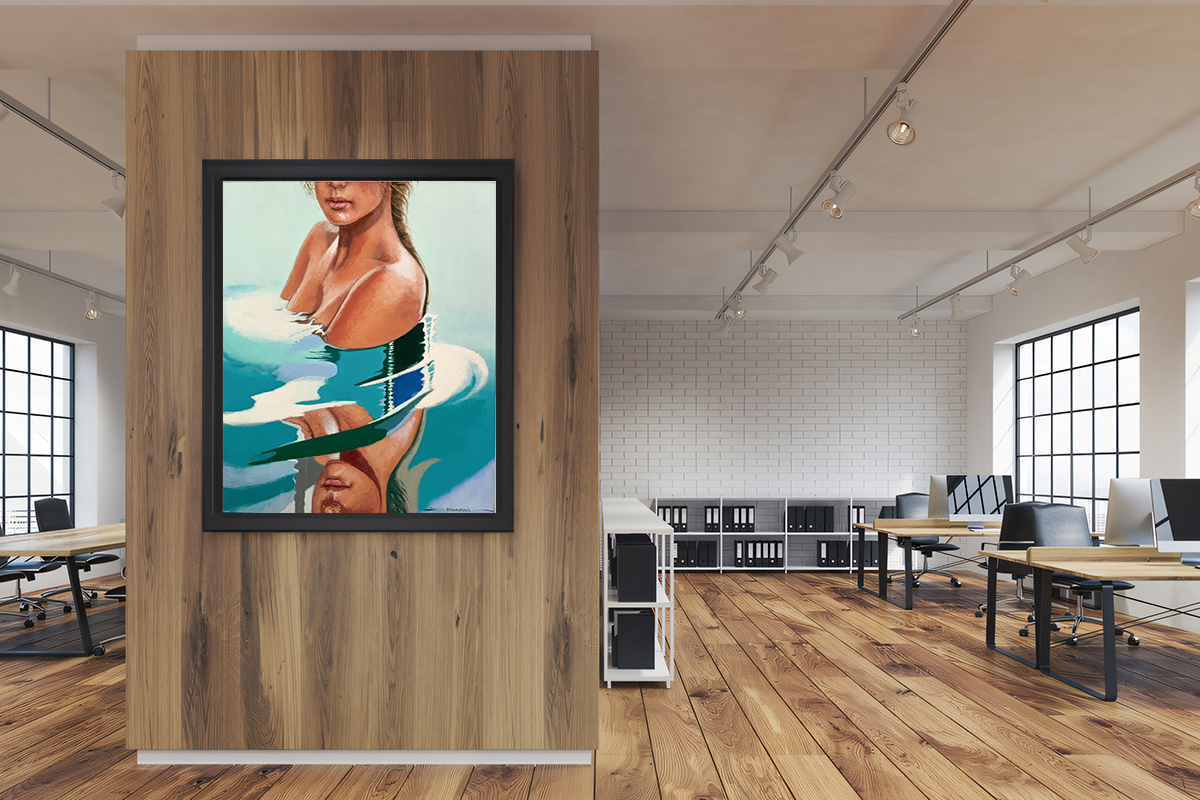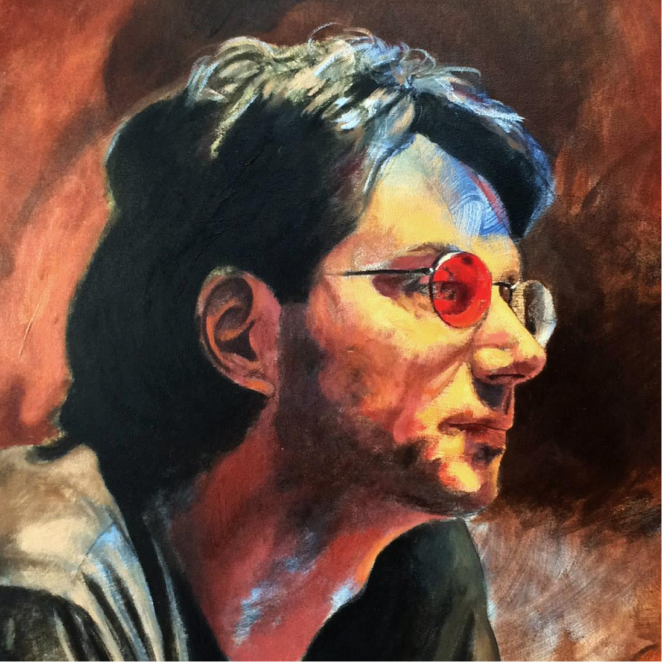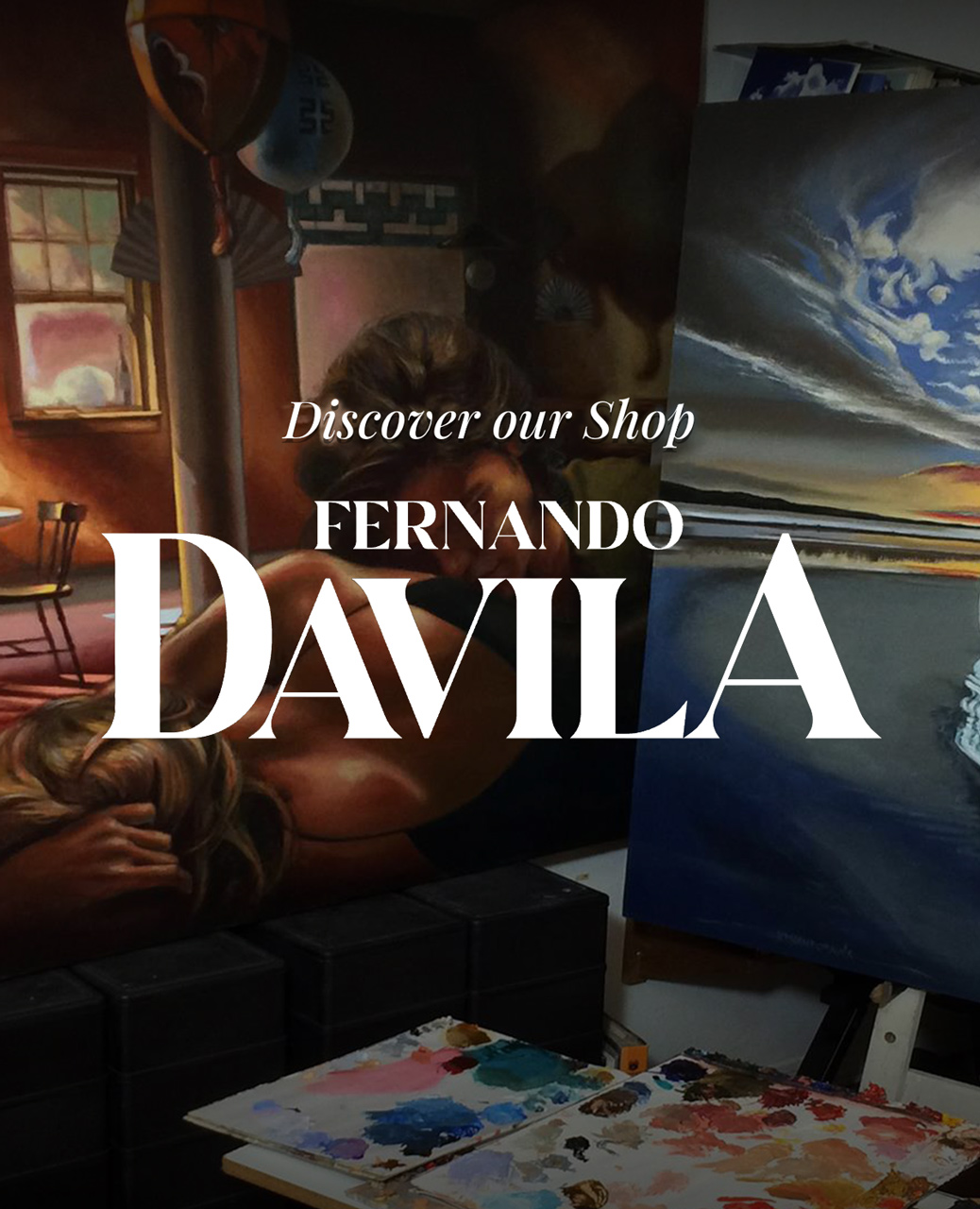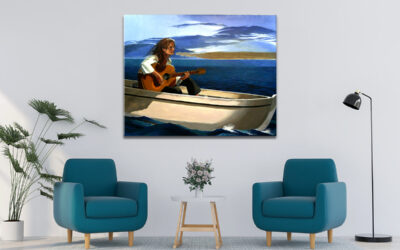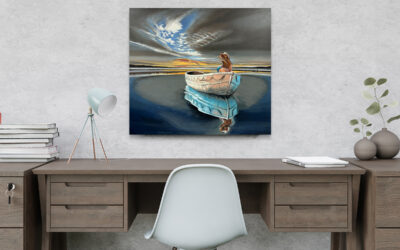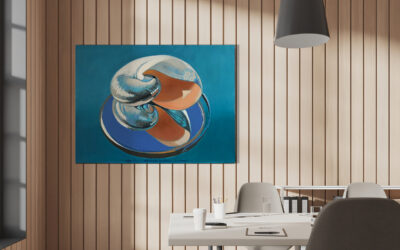The contemporary art scene thrives on innovation, constantly pushing the boundaries of form and expression. While abstract art has dominated in recent years, there is a refreshing shift toward the figurative-a return to the representation of recognizable forms and narratives in art. Interior designers are embracing this trend, recognizing the unique power that figurative art brings to a space.
Beyond Aesthetics: The Narrative Power of Figurative Art
Figurative art isn’t just about creating a visually pleasing composition. It goes deeper, inviting viewers to engage with the artwork on an emotional and intellectual level. A thoughtfully selected figurative piece becomes a focal point, sparking conversation and adding personality to a space. It acts as a bridge between the designer’s vision and the occupant’s experience, fostering a sense of connection and individuality within the space.
Think of a sculpture that captures the essence of movement or a painting that depicts human interaction. These pieces offer a glimpse into a story, inviting the viewer to interpret and connect with the artwork. This ability to create narratives sets figurative art apart and makes it a powerful tool for designers seeking to create spaces that resonate with the people who use them.
Weaving Stories into Design: How Figurative Art Elevates a Space
Figurative art offers a variety of benefits for interior designers:
- Storytelling: It allows designers to create spaces that go beyond functionality, fostering emotional connections and a sense of intrigue.
- Conversation Starter: A well-chosen figurative piece can spark conversation and create a talking point, especially in staged homes where potential buyers can feel a personal connection to the artwork.
- Versatility: From the serenity of landscapes to the dynamism of abstract figures, figurative art encompasses a wide range of styles and emotions. Designers can use it to complement a variety of design aesthetics, from the clean lines of modernism to the eclectic charm of maximalism.
Incorporating the Figurative: Tips for Design Projects
Here are some tips for seamlessly incorporating figurative art into your design projects:
- Consider Scale and Placement: A large-scale sculpture can become a dramatic centerpiece, while smaller figurative pieces can be grouped together to create a compelling gallery wall.
- Think About Mood: Figurative art can evoke a wide range of emotions. Consider the mood of the room and choose pieces that complement it. Tranquil landscapes for a serene bedroom, dynamic figures for a vibrant living room – the possibilities are endless.
- Embrace the Unexpected: Don’t be afraid to experiment with different styles and interpretations of the figurative. Bold, abstract figures can add a modern touch, while classic sculptures lend a timeless elegance.
Fernando Davila is a luminary in the field of contemporary art, specializing in figurative compositions that seamlessly blend modern sensibilities with timeless elegance. Characterized by their dynamic compositions and emotive storytelling, his pieces serve as captivating focal points that enhance any interior space. Whether it’s a serene landscape, a striking portrait, or a thought-provoking narrative scene, Davila’s artwork possesses a universal appeal that resonates with viewers on a deeply personal level. With an eye for detail and a passion for storytelling, Davila’s pieces are meticulously crafted to evoke emotion, spark conversation, and inspire the imagination.
Davila was selected and personally invited by Maestro Fernando Botero to participate in the XXIX Prix International de L’Art Contemporain in Monte Carlo, Monaco. He was recognized by the Colombian Congress in 1999 with the “Orden de la Democracia” for his contribution to the arts. In addition, his artwork has been featured in many exhibitions, including his recent 2024 exhibition titled “Davila Squared,” which featured sculptures by himself and his son, Rod Davila. As interior designers seek to infuse spaces with personality and style, Fernando Davila’s figurative artwork proved to be the perfect complement, offering a sophisticated and contemporary touch that enhances any staging or design project.
By embracing the figurative, you can breathe life and personality into your design projects. Figurative art isn’t just a trend; it’s a powerful tool for creating spaces that tell stories, evoke emotions, and connect with the people who inhabit them. So, the next time you’re designing a space, consider the power of the figurative. You might be surprised at the depth and dimension it can add to your project.
